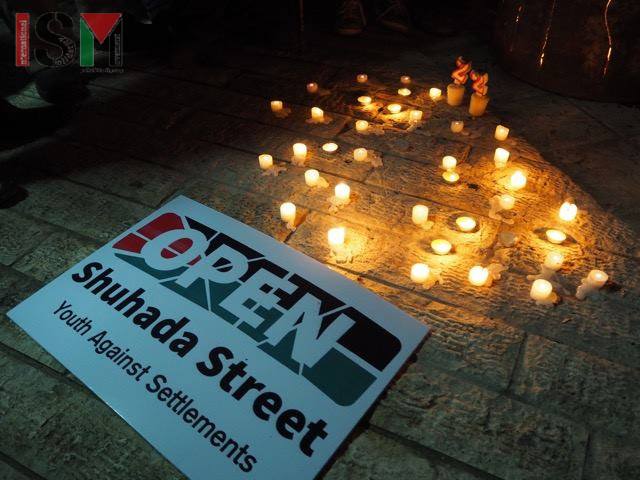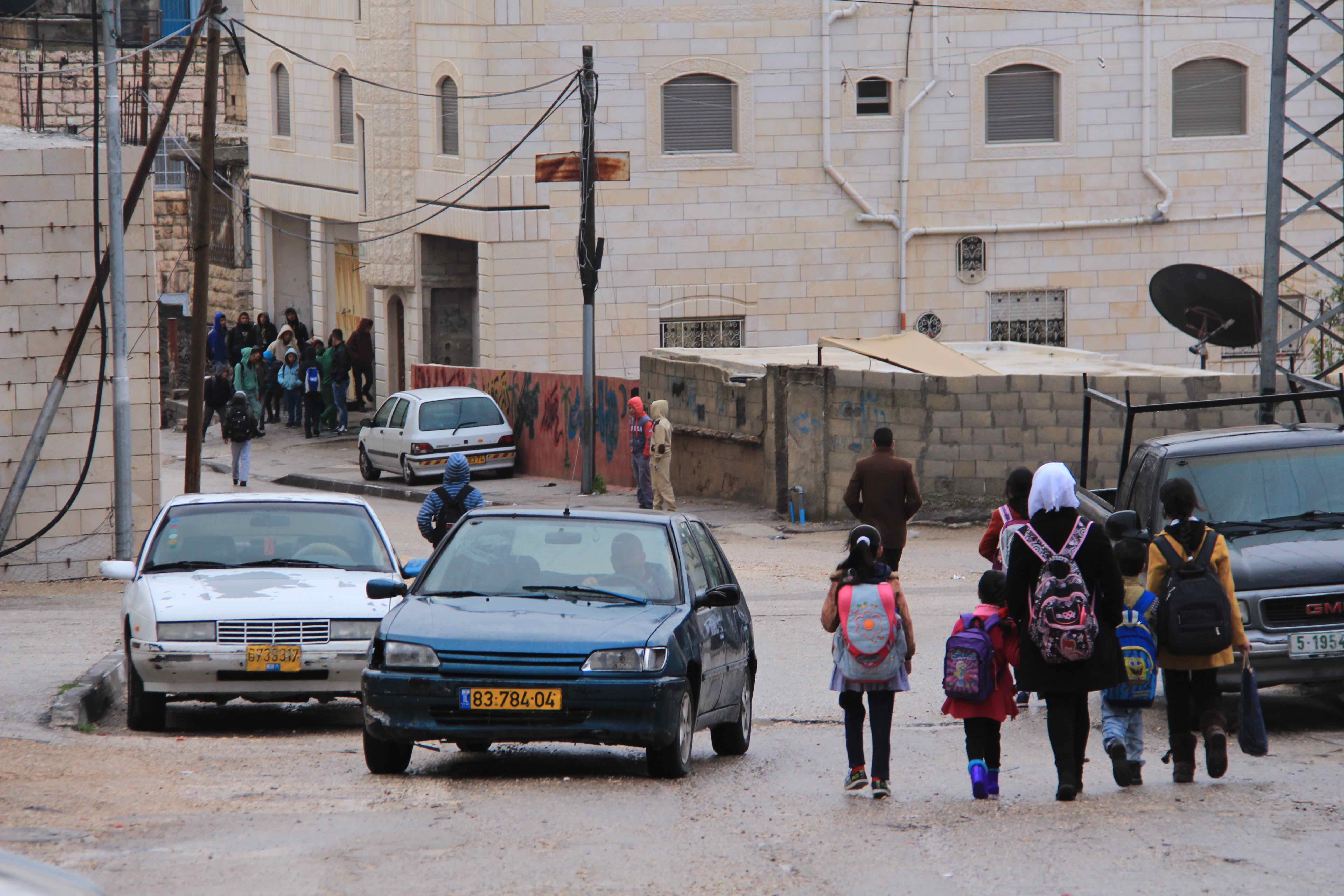-
Aggressive settler interrupts nonviolent commemorative event hosted by Youth Against Settlements
24nd February 2016 | Youth Against Settlements | Hebron, occupied Palestine Notorious settler Anat Cohen interrupted a peaceful movie screening, which was hosted by Youth Against Settlements to commemorate the victims of the Ibrahimi Mosque Massacre in 1994. Every night, Palestinians gather around a bonfire in the Salaymeh neighborhood of occupied Hebron to keep watch […]
-
Children harassed yet again at Salaymeh checkpoint
24th February 2016 | International Solidarity Movement, al-Khalil team | Hebron, occupied Palestine Today, like any other day, the children of Palestine prepared for their grim and demoralising walk to school through the Salaymeh checkpoint. The notorious checkpoint where Yasmin al-Zarour was shot down by Israeli occupying forces just 10 days ago. The current situation is one that is […]
-
Israeli military use stun grenades on young Palestinian school kids
23rd February 2015 | International Solidarity Movement, Al-Khalil team | Hebron, occupied Palestine It has become a regular occurance for Palestinian school children to endure physical violence, harrassment, body searches and other demoralizing acts at the hands of the Israeli miltary. For those attending school near the notorious Salaymeh checkpoint in Hebron on Tuesday the […]
Action Alert An Nabi Saleh Apartheid Wall Arrests BDS Bethlehem Bil'in Cast Lead Demonstration Denial of Entry Ethnic Cleansing Farmers Gaza Global Actions Hebron House Demolition International law Israeli Army Jerusalem Live Ammunition Nablus Ni'lin Prisoner Ramallah Rubber-coated steel bullets Settlement Settlers Settler violence Tear-Gas Canister Video



